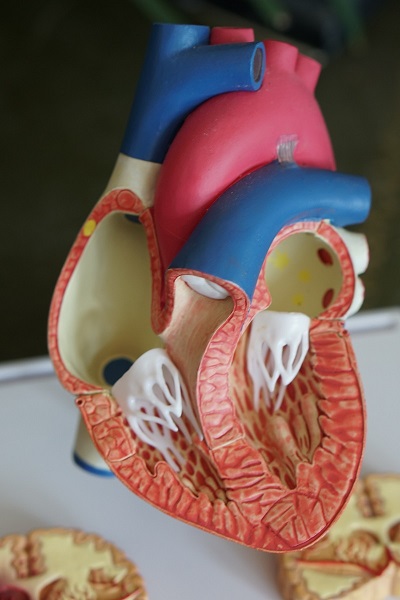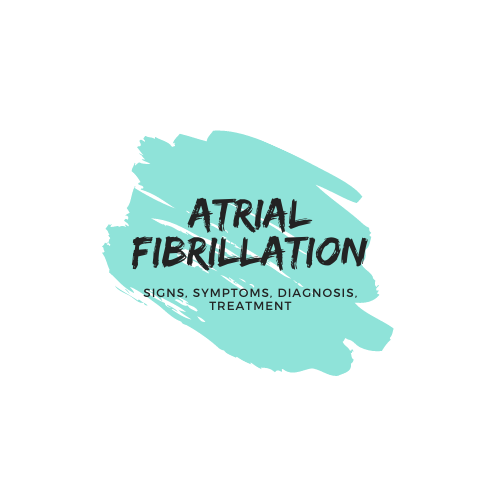Cerebral malaria is a severe and potentially fatal form of malaria. It affects the brain and is caused by the Plasmodium falciparum parasite. Malaria is a mosquito-borne disease that is prevalent in many tropical and subtropical regions of the world. This includes sub-Saharan Africa, Southeast Asia, and South America. There are about 230 million cases of Cerebral Malaria according to World Health Organization. This was in 2019. As a result, there were about 4,10,000 deaths worldwide.
Table of Contents
- Introduction
- Causes
- Risk Factors of Cerebral Malaria
- Symptoms of Cerebral Malaria
- Diagnosis
- Treatment
- Prevention of Cerebral Malaria
- Conclusion
Introduction
Cerebral malaria is a medical emergency that requires urgent treatment. Without prompt and appropriate treatment, it can lead to coma, brain damage, and even death. In this article, we will discuss the causes, symptoms, diagnosis, and treatment. To read more further more about the oldest forms of disease, check this article.

Causes
Plasmodium falciparum parasite causes Cerebral Malaria. Biting of infected female Anopheles mosquitoes transmit it to humans. Once inside the human body, the parasite multiplies rapidly in the liver and then infects the red blood cells. The infected red blood cells then release toxins that can cause damage to the brain.
Risk Factors of Cerebral Malaria
The disease can affect anyone who is infected with the Plasmodium falciparum parasite. But there are certain risk factors that increase the likelihood of developing the condition. These include:
- Age: Children under the age of 5 and adults over the age of 65. They are at a higher risk of developing cerebral malaria.
- Pregnancy: Pregnant women are more susceptible than non-pregnant women.
- Immune system: Individuals with weakened immune systems, such as those with HIV/AIDS, are more likely to develop the disease.
- Previous exposure: Individuals who have had previous exposure to the Plasmodium falciparum parasite are more likely to develop cerebral malaria afterwards.
Symptoms of Cerebral Malaria
The symptoms can develop rapidly and can vary from person to person. Some of the most common symptoms include:
- Fever
- Headache
- Nausea and vomiting
- Seizures
- Confusion
- Coma
- Difficulty breathing
- Atypical behavior
Diagnosis
The diagnosis of cerebral malaria is usually based on a combination of clinical symptoms and laboratory tests. A doctor will generally perform a physical examination and ask about the patient’s medical history, travel history, and symptoms. Laboratory tests, such as blood tests and a malaria smear are performed to confirm the presence of Plasmodium falciparum parasite.
Treatment
Cerebral malaria is a medical emergency that requires prompt and appropriate treatment. The primary goal of treatment is to clear the Plasmodium falciparum parasite from the body and prevent complications. Accordingly the treatment typically involves a combination of antimalarial medications. These are artemether-lumefantrine, and supportive care, such as oxygen therapy, fluids, and electrolyte replacement.
In severe cases, hospitalization may be necessary. The patient may as a result, require admission to an intensive care unit (ICU). In the ICU, the patient may receive mechanical ventilation, blood transfusions, and other supportive care measures.
Prevention of Cerebral Malaria
The best way to prevent the disease is to prevent mosquito bites. Use insect repellent, wearing protective clothing, and sleep under mosquito nets. Travelers to areas with a high risk of malaria should also take antimalarial medication as directed by their healthcare provider.
Conclusion
Cerebral malaria is a severe and potentially fatal form of malaria that affects the brain. It is caused by the Plasmodium falciparum parasite. They transmitted to humans through the bite of infected female Anopheles Mosquito. The disease is preventable by various methods and treatments from Modern medicine to traditional and complementary medication.











